There was already a fort on the north side of the river at Tynemouth which was known as ‘the Spanish Battery’ after the Spanish mercenaries who were garrisoned there in the 16th century. Together these forts controlled access to the Tyne and the Royalist town of Newcastle which was an important line of supply for the King. Newcastle also controlled much of the export of vital coal supplies to London which was held by Parliament.
In January 1644 an army of Scottish Covenanters under General Alexander Leslie had invaded England in support of Parliament and occupied Sunderland without opposition after a half-hearted attempt to take Newcastle. Good relations between Sunderland and the Covenanting Scots had begun in 1639 and continued throughout the Civil Wars. Sunderland’s port was crucial for supplying the Scottish army and Parliamentarian forces and the coal mines along the River Wear proved a vital source of revenue for paying the soldiers. This juxtaposition of Parliamentary Sunderland and Royalist Newcastle together with the long-running dispute over rights to export coal to the south is the root of the rivalry between the two cities which lasts to this day. Various small-scale actions took place in the early months of 1644 and in March the Scots turned their attention to South Shields.
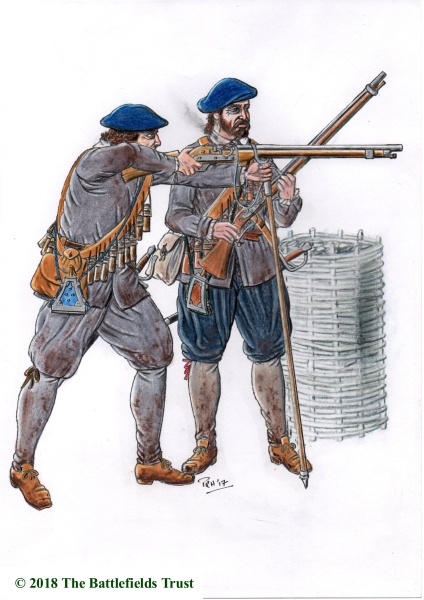

As far as is known the South Shields fort was on the high ground close to the old beacon site. It is believed to have survived into the 19th century in some form but does not appear on maps of the period. The two guns that can be seen there today are probably close to the site of the old fort giving a clear field of fire across the lower reaches and mouth of the river. The harbour with its two piers as you can see it today is of much later construction. These guns are modern replicas of two cannon captured in the Crimean War – the originals were melted down for scrap in WWII.
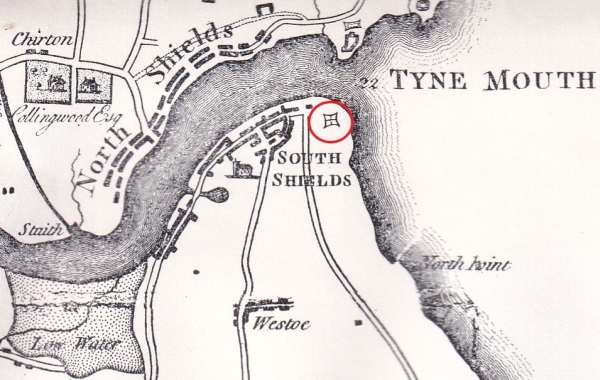
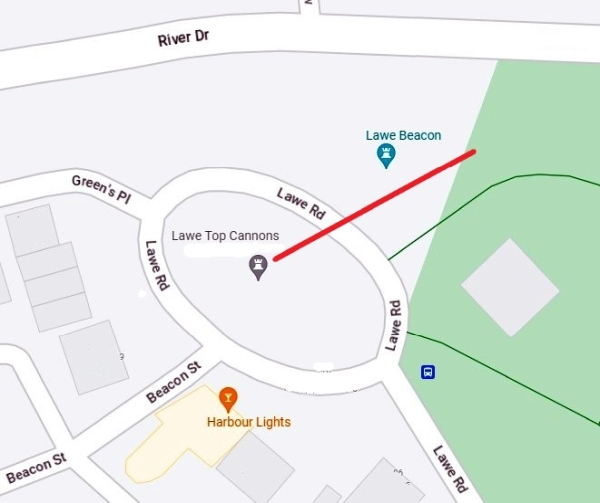
On 15th March Leslie’s forces launched an assault against the fort but were driven back. A further attempt was made the next day and was again repelled. The final attack came a few days later on 20th March. The surviving accounts of the attack are, as usual, inconsistent in the details but agree on the general course of events.
The attack was begun by the Scots filling the ditch surrounding the fort with straw and faggots to give them a base for their scaling ladders. This was only partially effective as many of the ladders would still not reach to the top of the fort. Fighting lasted for an hour with the defenders being supported by the cannon at the Tynemouth fort and from a Royalist ship on the river. Eventually a number of Scots forced their way in via the gun ports. At this point the defenders realised that they had lost control and fled down to the river and across by boat to Tynemouth. One Royalist officer and five men stood their ground and were captured. The reports of casualties vary even more than usual. The Scots claimed to have lost only 7 men and killed 16 Royalists. The Royalists claimed to have killed 300 Scots while losing only 5 themselves! There is nothing left to be seen today on Lawe Top but various items are said to have been found over the years. In the 18th century a number of cannon balls along with the foundations of walls are reported to have been found. In 1851 a gun and a number of skeletons were found in the sands below Lawe Top and a few years later another gun barrel was found during dredging of the river nearby. The whereabouts of these is unknown.
While the taking of the fort was of importance to Leslie in his desire to blockade Newcastle the situation was reversed a few months later in June 1644 when the fort was retaken by the Royalists under the Marquess of Montrose without much of a fight. It was alleged that the Parliamentary Governor of South Shields, Thomas Rutherford, had sold the fort out to the enemy. He was tried and sentenced to death but his execution was suspended and it is not clear what finally happened to him. In July 1644 control of the Tyne was finally settled in favour of Parliament when 10 of their ships entered the river to reinforce the blockade of Newcastle. With the fall of Newcastle to the Scots in October 1644 and their subsequent capture of the fort at Tynemouth, following on from the Royalist defeat at the battle of Marston Moor in July, the king had lost control of the north. There is a model of the storming of the fort in the upper part of the restored gatehouse at Arbeia.
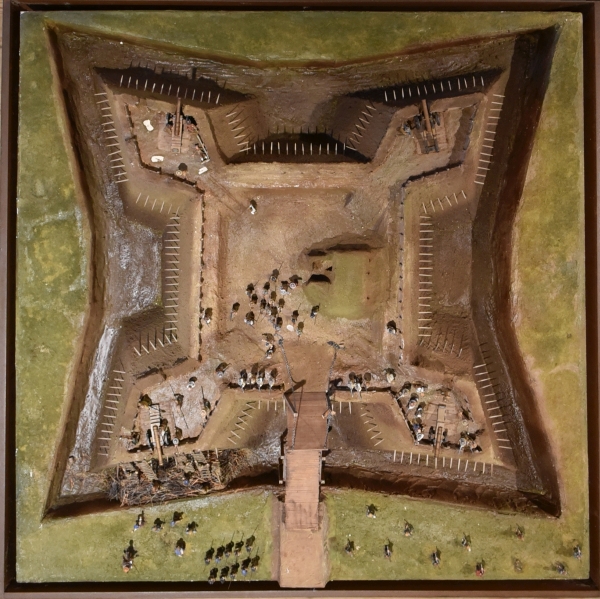

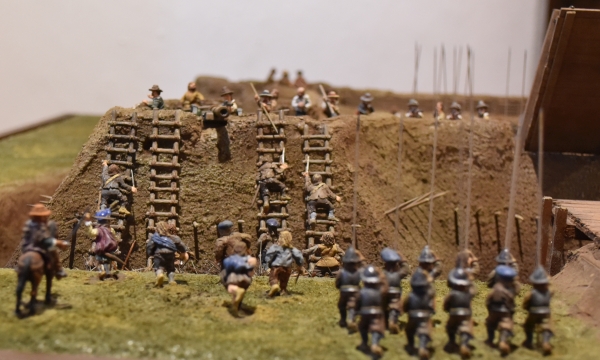
Written by Geoffrey Carter
Geoffrey has a YouTube Video on the topic called:
Five Minute Battles #4 The Siege of South Shields English Civil War 1644
Photos:
Geoffrey Carter
Terry Ford (photos taken of the fort model courtesy of Alex Croom, Arbeia)
